Welcome to the Homepage
|
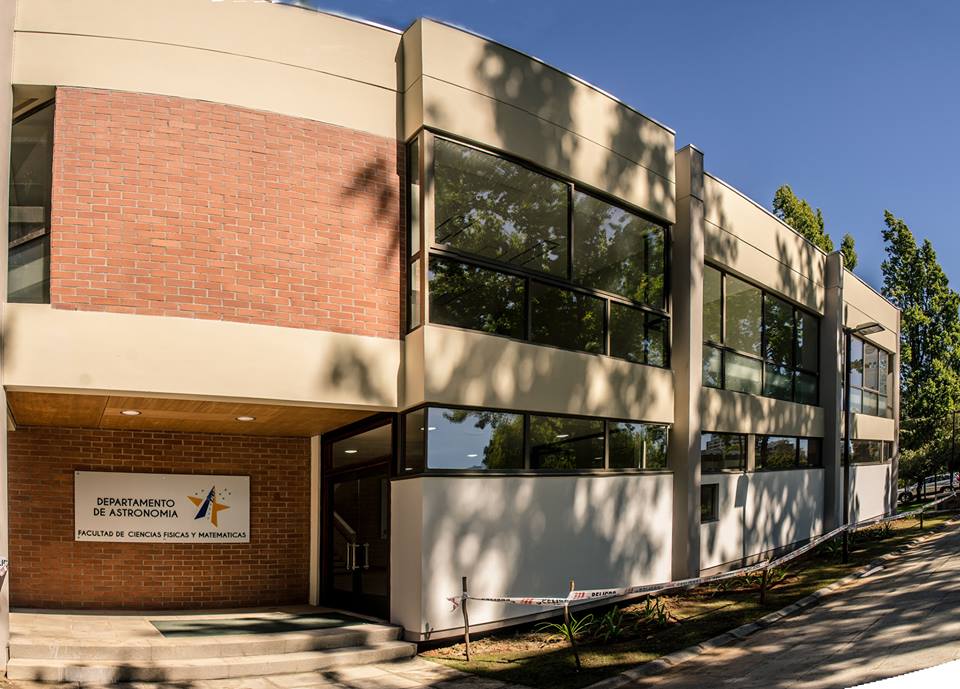
|
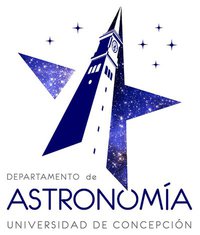
|

|

|
Research Areas |
Team Members |
Publications |
News |
Introduction
The theory group at the Department of Astronomy (DdeA), Universidad de Concepcion (UdeC), exists since 2009. It started with the arrival of Dr. Michael Fellhauer, who is working in the field of numerical stellar dynamics, in late 2008 as the first theoretical astronomer at the DdeA, and his first student Paulina Assmann, starting her PhD in numerical simulations of the formation of dwarf spheroidal galaxies (dSph), in 2009. In March 2015 Dr. Dominik Schleicher arrived as the second theoretical professor joining the DdeA and its theory group. He brought his expertise in magneto-hydrodynamical simulations into our group. In 2016 Dr. Amelia Stutz joined the DdeA as a new professor, working in observational, resolved star formation in the Milky Way and joint the now called Theory and Star Formation group of the DdeA.
Today, the group consists of three professors, three post-docs and nine students. In the 7 years of existence the theory group published more than 55 articles in refereed journals and saw the finalisation of 1 PhD, 3 Magister and 5 titulo theses. We acquired 7 FONDECYT projects (3 regular, 4 postdoctorado), a Chilean-German cooperation project from CONICYT and are part of CATA. We have established national and international working collaborations with groups all over the world (e.g. Germany, UK, China,...). The students have presented successfully their work in many national and international conferences and usually obtained grants to continue with their PhD thesis at prestigious institutes abroad.
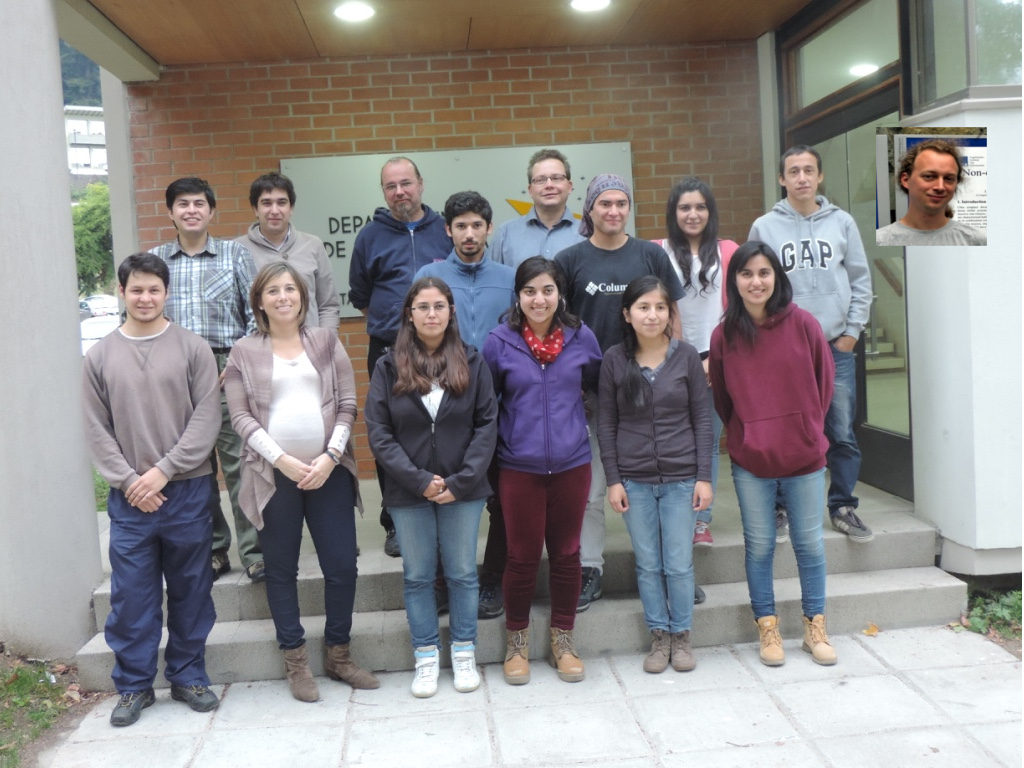
back to top
News:
An extensive catalogue of early-type galaxies in the nearby Universe
We present a catalogue of 1715 early-type galaxies from the literature,
spanning the luminosity range from faint dwarf spheroidal galaxies to
giant elliptical galaxies. The aim of this catalogue is to be one of
the most comprehensive and publicly available collections of data on
early-type galaxies. The emphasis in this catalogue lies on dwarf
elliptical galaxies, for which some samples with detailed data have been
published recently. For almost all of the early-type galaxies included
in it, this catalogue contains data on their locations, distances,
redshifts, half-light radii, the masses of their stellar populations and
apparent magnitudes in various passbands. Data on metallicity and
various colours are available for a majority of the galaxies presented
here, including many of the rather faint early-type galaxies in the
Local Group. The data on magnitudes, colours, metallicities and masses
of the stellar populations is supplemented with entries that are based
on fits to data from simple stellar population models and existing data
from observations. Also, some simple transformations have been applied
to the data on magnitudes, colours and metallicities in this catalog, in
order to increase the homogeneity of this data. Estimates on the Sersic
profiles, internal velocity dispersions, maximum rotational velocities,
dynamical masses and ages are listed for several hundreds of the galaxies
in this catalogue. Finally, each quantity listed in this catalogue is
accompanied with information on its source, so that users of this
catalogue can easily exclude data that they do not consider as reliable
enough for their purposes.
(Dabringhausen
& Fellhauer, 2016, MNRAS, 460, 4492)
The catalogue files can be downloaded here.
back to top
Research Areas
Prof. D. Schleicher |
Prof. A. Stutz |
Prof. M. Fellhauer |
Sub-group: Prof. Dominik Schleicher
|
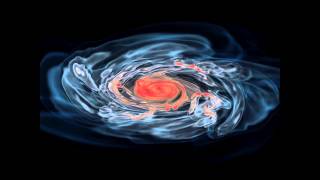
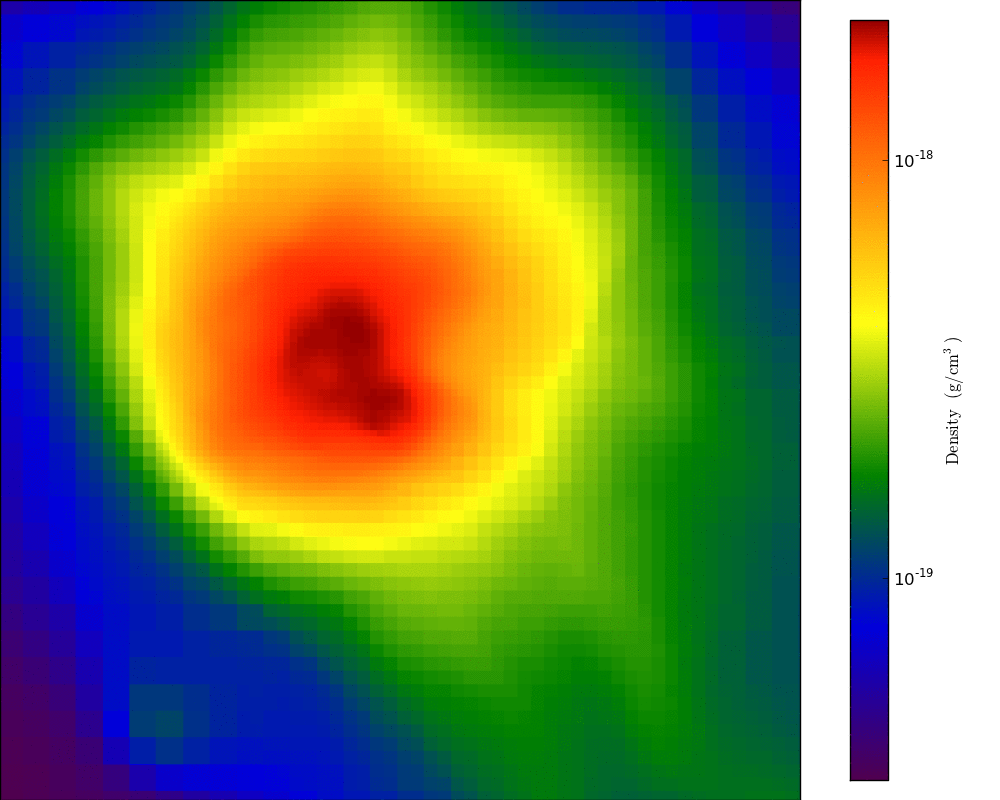
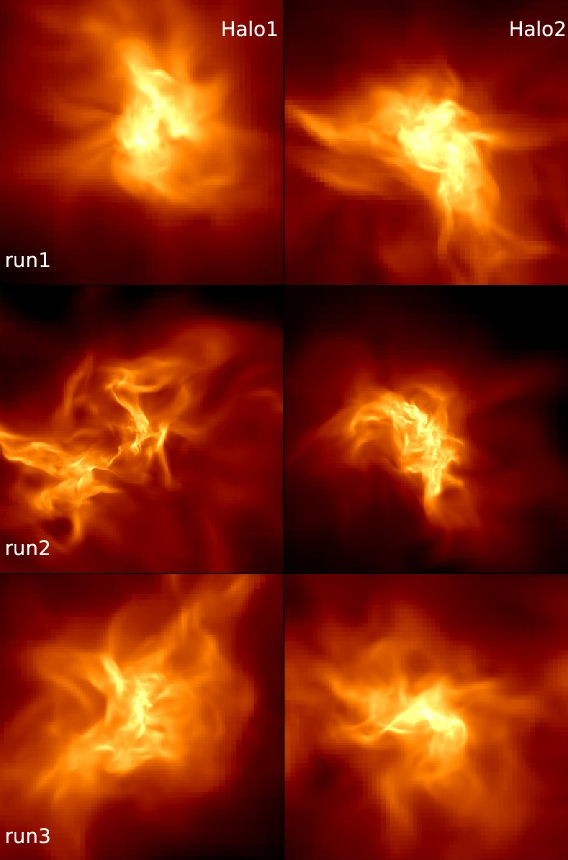
|
Sub-group: Prof. Michael Fellhauer
|
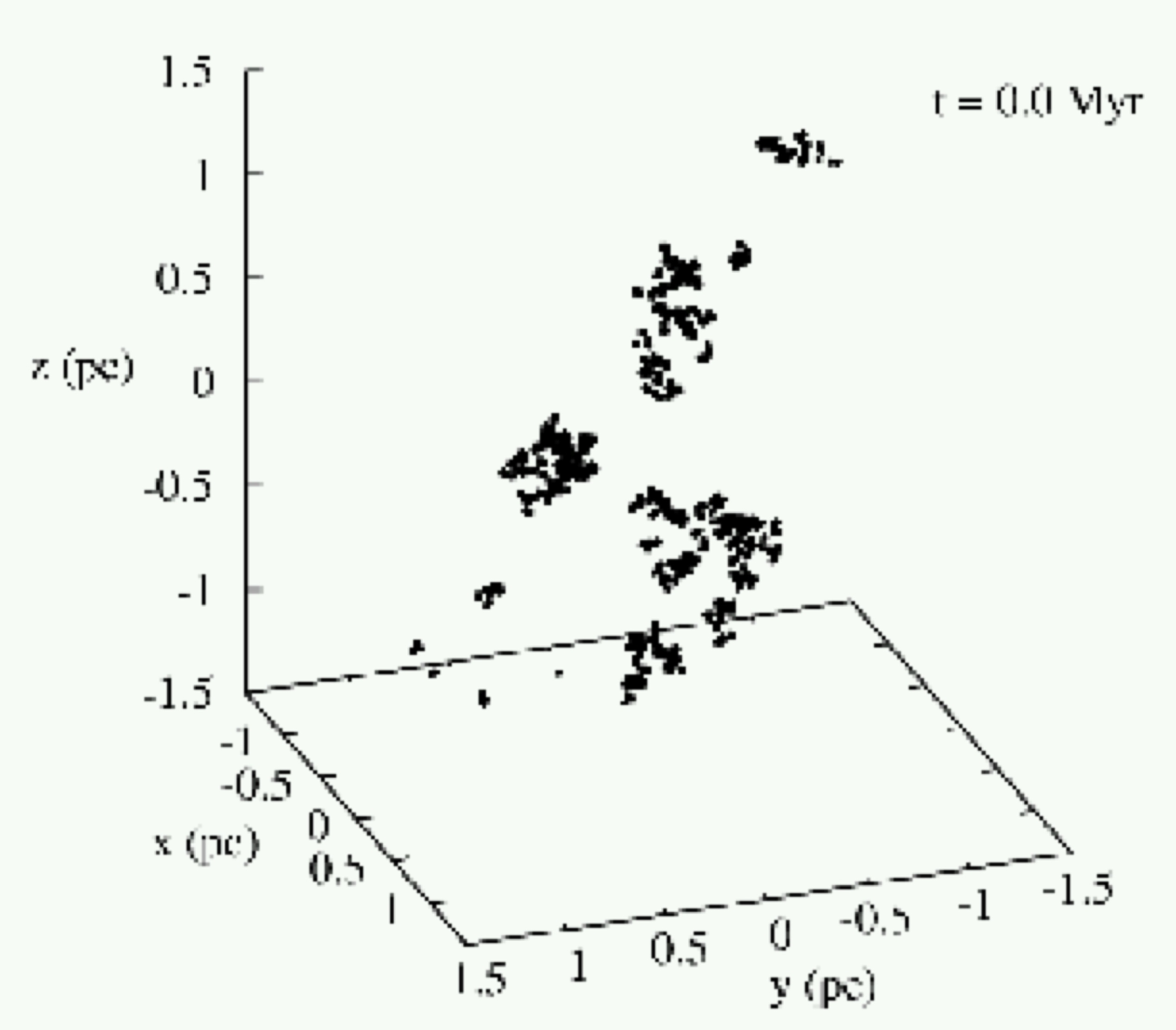
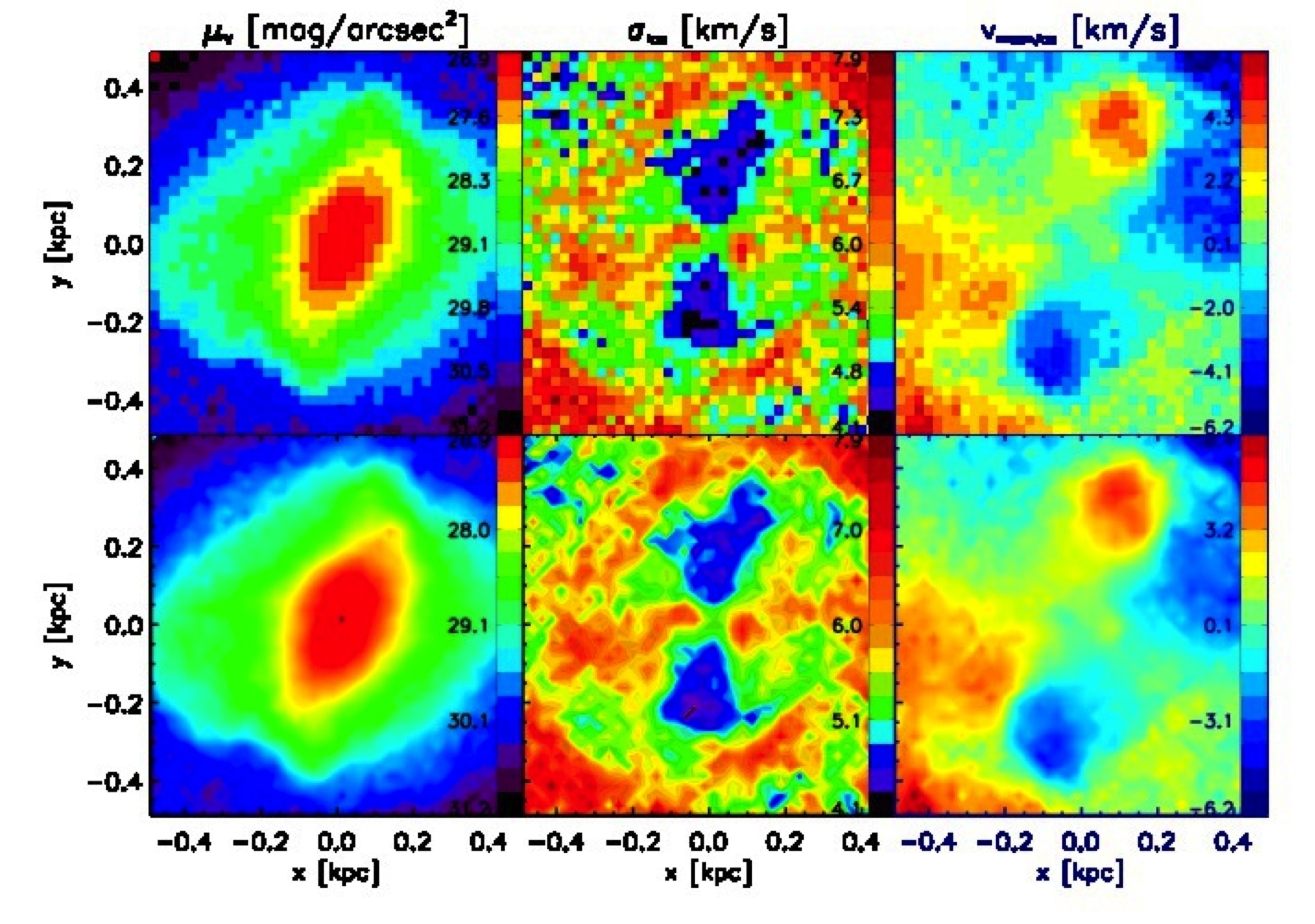
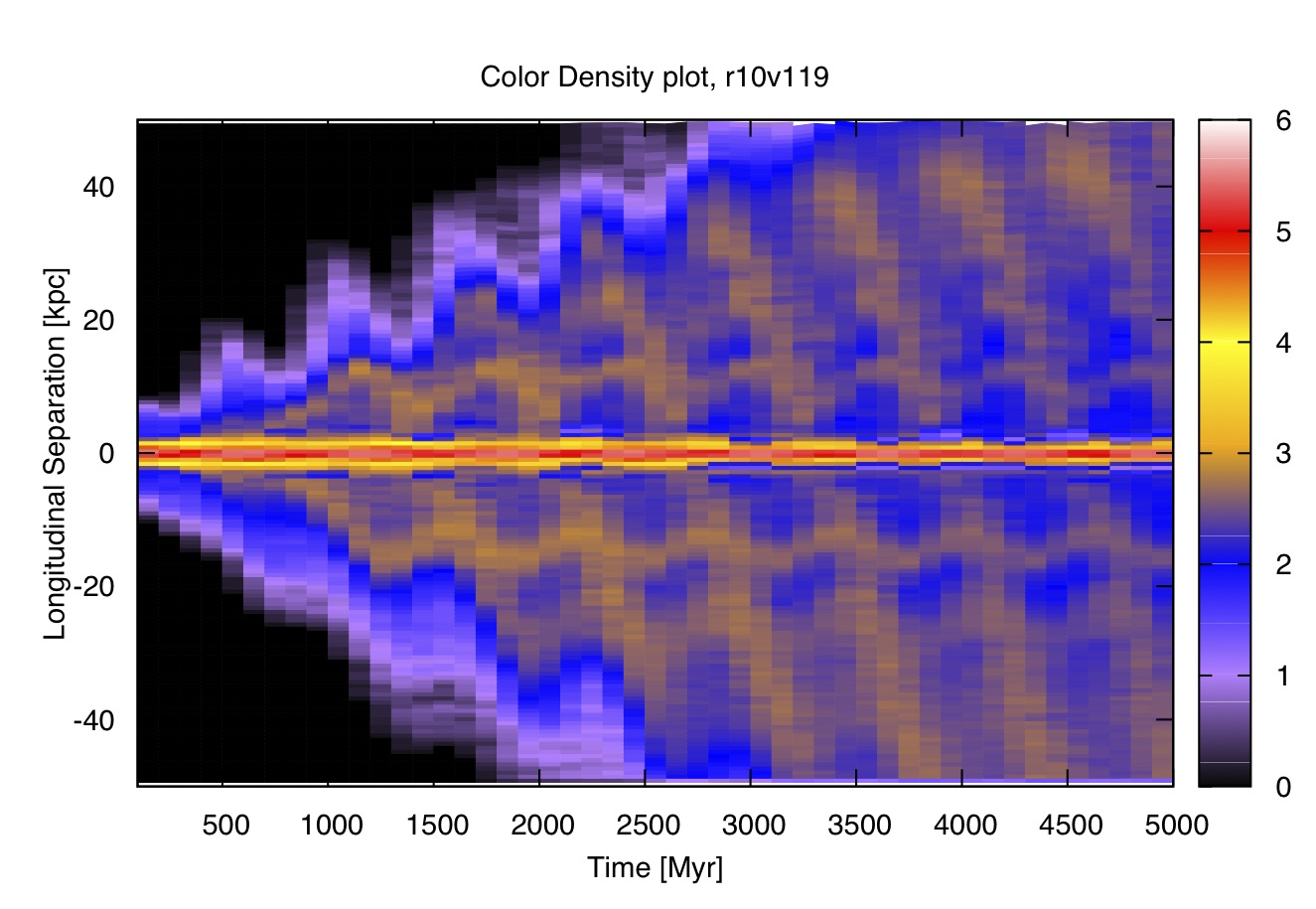
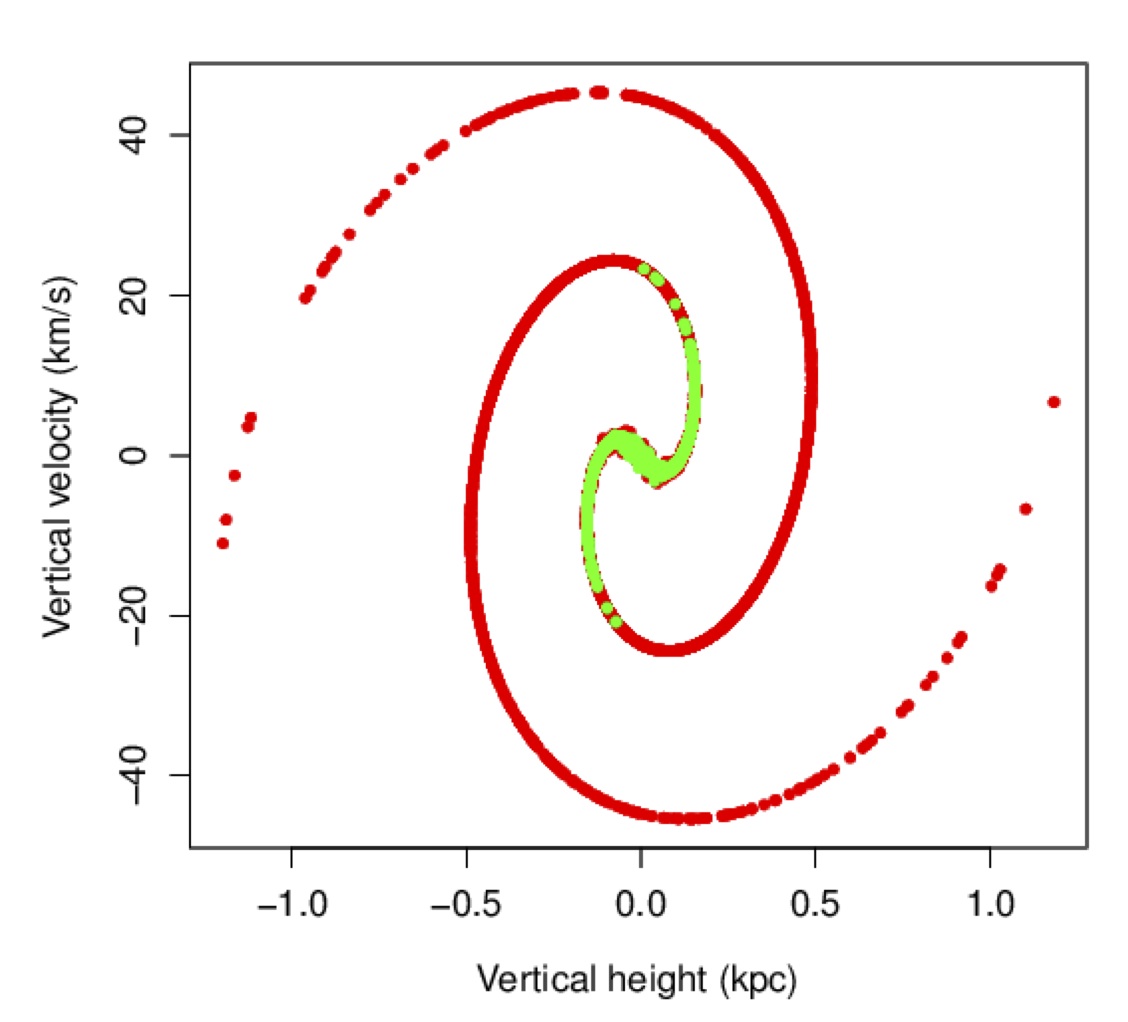
|
Sub-group: Prof. Amelia Stutz
|
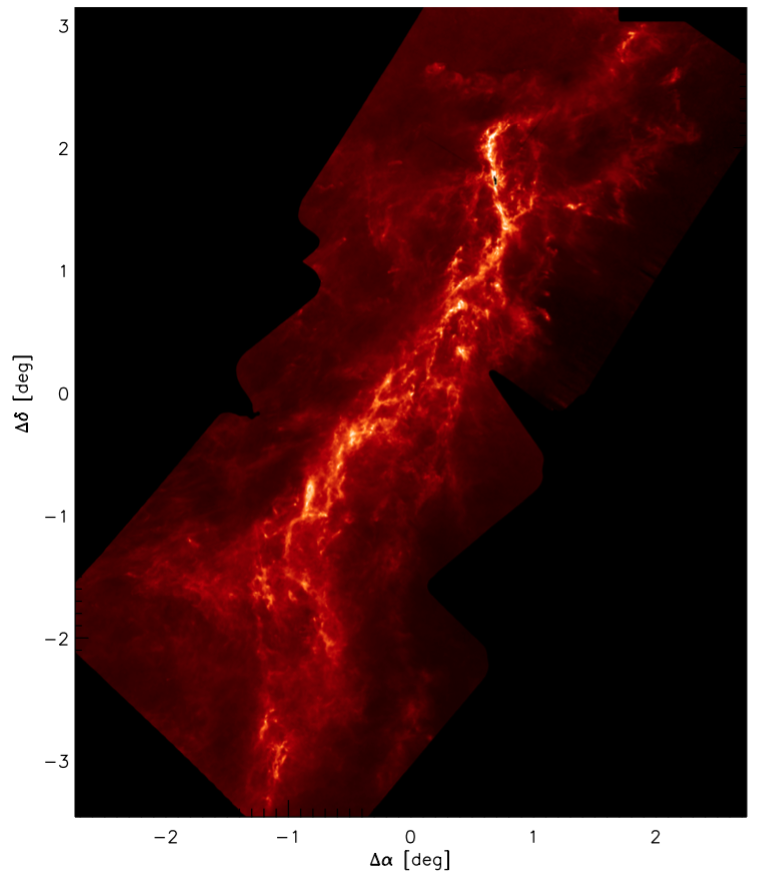
|
Available Thesis Projects
|
Text of Press ReleasesCatalogue of Elliptical Galaxies; 05-2016Hercules; 10-2014 X-mas tree; (explanation) 12-2013 Aurigas Wheel; 04-2012 X-mas tree; (detection) 10-2011 |
back to top
Members of the Team
in alphabetical order

|
Alex Rodrigo Alarcon Jara
|

|
Catalina Andrea Aravena Nunez
|
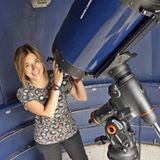
|
Dr. Paulina Assmann
|

|
Dr. Tjarda Boekholt
|
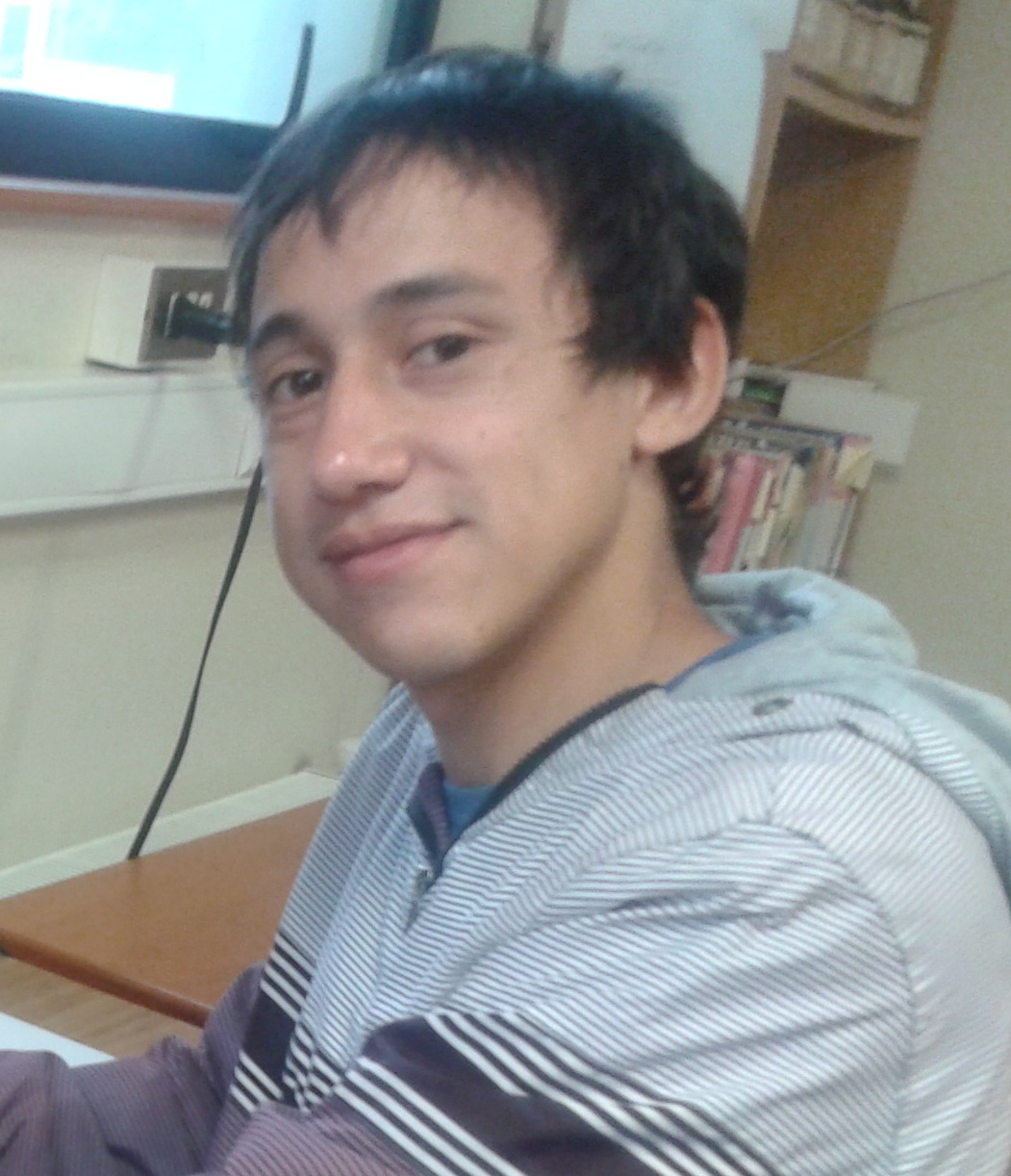
|
Raul Esteban Dominguez Figueroa
|

|
Prof. Dr. Michael Fellhauer
|

|
Marcelo Andres Figueroa Guerra
|
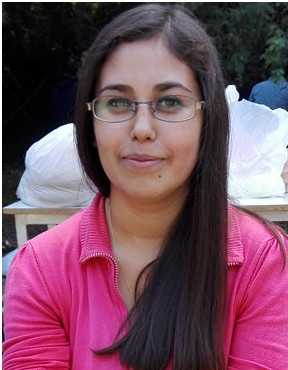
|
Jocelyn Nicole Hazeldine Lefenda
|

|
Alberto Antonio Letelier Finot
|

|
Diego Rolando Matus Carillo
|

|
Dr. Rafeel Riaz
|

|
Bastian Alejandro Reinoso Reinoso
|

|
Prof. Dr. Dominik Schleicher
|

|
Prof. Dr. Amelia Stutz
|

|
Fernanda Cecilia Urrutia Zapata
|
Former Members
- Matias Blana (titulo and Magister; now PhD student at MPI-EP, Garching)
- Dr. Graeme Candlish (UK, postdoc; now professor at Universidad de Valparaiso, Chile)
- Nelvy Cristina Choque Challapa (Magister, now PhD student in Groeningen)
- Dr. Joerg Dabringhausen (Germany, postdoc; now postdoc at Charles University, Prague)
- Juan Pablo Farias Osses (titulo and Magister; now PhD student at Univeristy of Florida, Gainesville)
- Nataly Nicole Ibarra Vara
- Roy Slater (now PhD student at UdeC)
- Dr. Rory Smith (UK, postdoc; now postdoc at Yonsai University, Seoul)
- Rodrigo Adolfo Vejar Asem (titulo; now PhD student at UdeC)



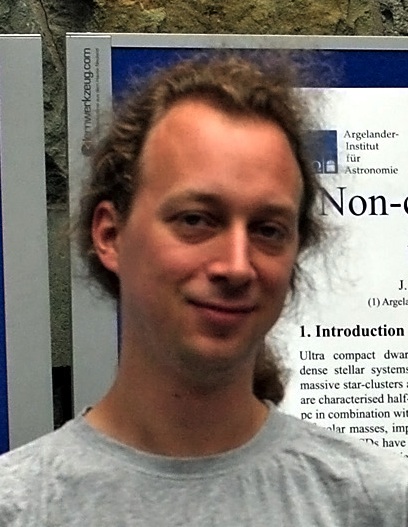
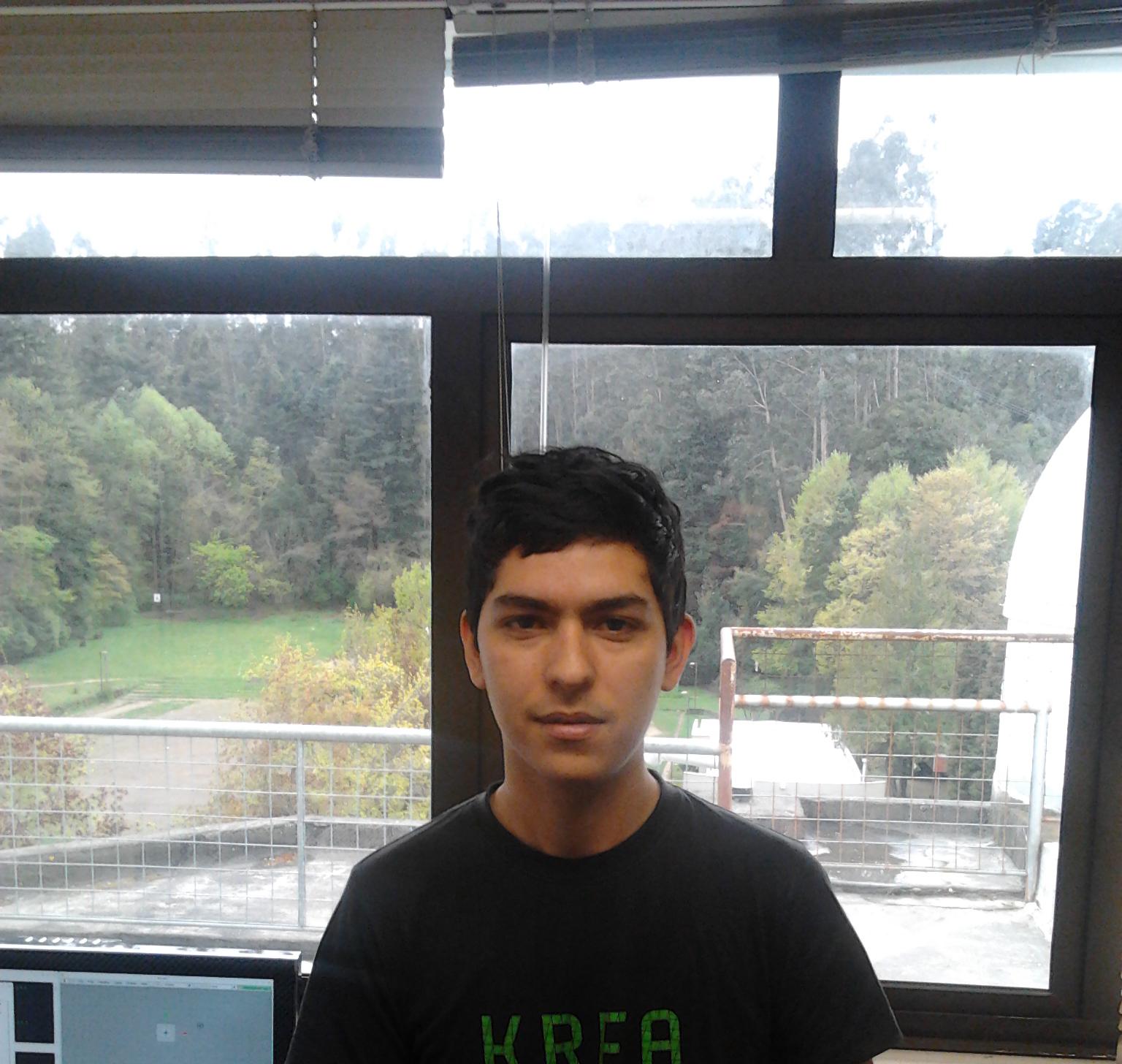



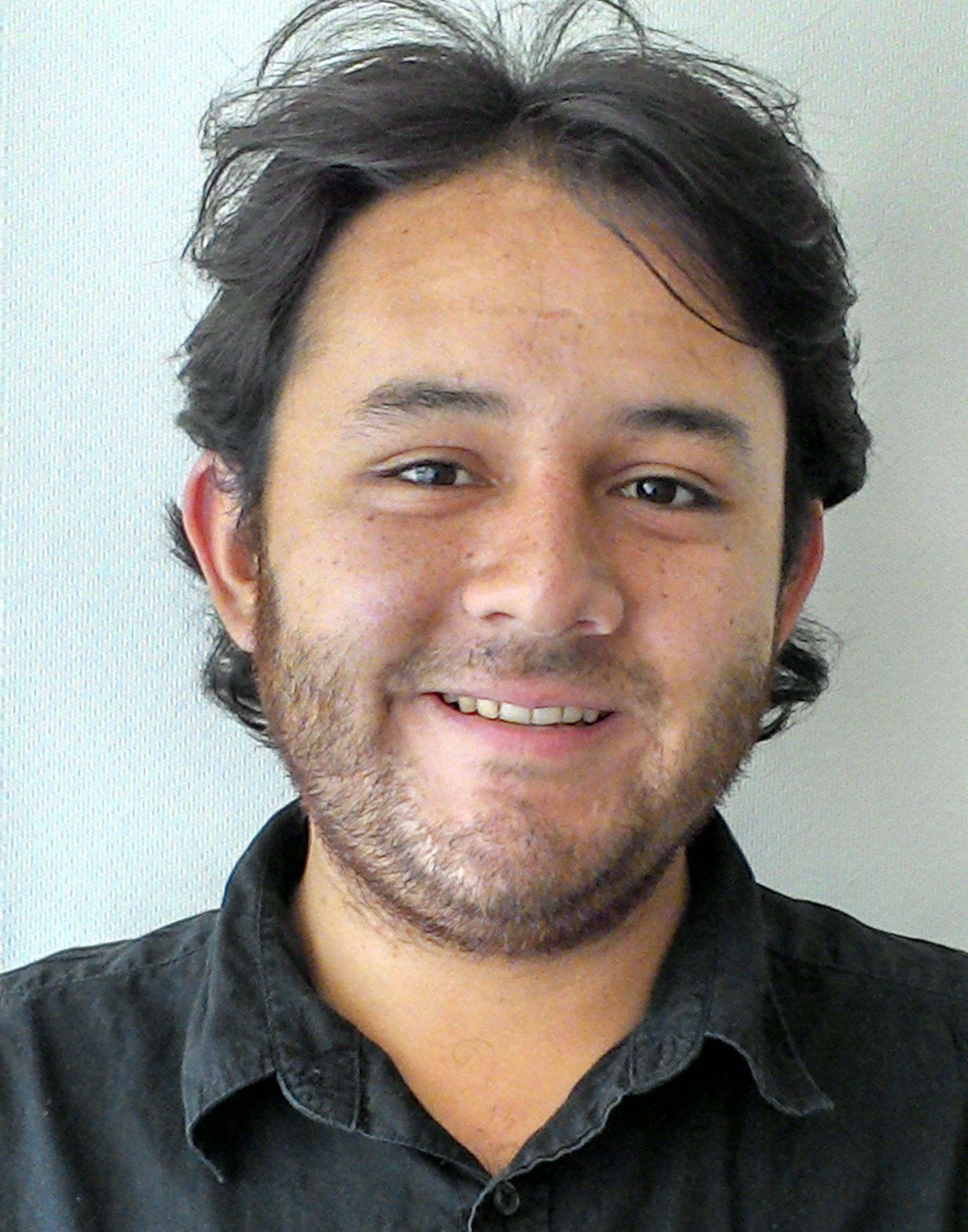
back to top
Publications
2016
- 1608.02939
Dabringhausen, J.; Kroupa, P.; Famaey, B.; Fellhauer, M.
Understanding the internal dynamics of elliptical galaxies without non-baryonic dark matter - 1607.00871
Rodenbeck, Kai; Schleicher, Dominik R. G.
Magnetic fields during galaxy mergers - 1606.08778
Dominguez, R.; Fellhauer, M.; Blana, M.; Farias, J. P.; Dabringhausen, J.; Candlish, G. N.; Smith, R.; Choque, N.
Could Segue 1 be a destroyed star cluster? - a dynamical perspective -
AA593ID77
Schleicher, Dominik R. G.; Beck, Rainer
Star-forming dwarf galaxies: the correlation between far-infrared and radio fluxes - 1605.03408
Villanova, S.; Monaco, L.; Moni Bidin, C.; Assmann, P.
A spectroscopic study of the globular Cluster NGC 4147 - 1603.02693
Schober, J.; Schleicher, D. R. G.; Klessen, R. S.
Galactic Synchrotron Emission and the Far-infrared-Radio Correlation at High Redshift - 1509.07034
Latif, M. A.; Omukai, K.; Habouzit, M.; Schleicher, D. R. G.; Volonteri, M.
Impact of Dust Cooling on Direct-collapse Black Hole Formation - 1510.07016
Bovino, S.; Grassi, T.; Capelo, Pedro R.; Schleicher, D. R. G.; Banerjee, R.
A chemical model for the interstellar medium in galaxies - 1605.06705
J. Dabringhausen, M. Fellhauer
An extensive catalogue of early-type galaxies in the nearby universe - 1504.06296
Dominik R.G. Schleicher, Stefano Bovino, Muhammad A. Latif, Andrea Ferrara, Tommaso Grassi
The chemical evolution of self-gravitating primordial disks - 1511.01317
Muhammad A. Latif, Dominik R. G. Schleicher
Magnetic fields in primordial accretion disks - 1512.01960
M. Voelschow, D. R. G. Schleicher, V. Perdelwitz, R. Banerjee
Eclipsing time variations in close binary systems: Planetary hypothesis vs. Applegate mechanism - 1510.02788
Muhammad A. Latif, Dominik R. G. Schleicher, Tilman Hartwig
Witnessing the birth of a supermassive protostar
2015
- 1411.5902
M. A. Latif, D. R. G. Schleicher
The formation of supermassive black holes in rapidly rotating disks - 1501.01656
Dominik Schleicher, Stefan Dreizler, Marcel Voelschow, Robi Banerjee, Frederic V. Hessman
Planet formation in post-common-envelope binaries - 1501.03819
Y.L. Jaffe, R. Smith, G.N. Candlish, B.M.Poggianti, Y.-K. Sheen, M.A.W. Verhijen
BUDHIES II: A phase-space view of HI gas stripping and star-formation quenching in cluster galaxies - 1502.00627
R. Smith, C. Flynn, G.N. Candlish, M. Fellhauer, B.K. Gibson
Simple and accurate modelling of the gravitational potential produced by thick and thin exponential disks - 1504.02474
J. P. Farias, R. Smith, M. Fellhauer, S. Goodwin, G. N. Candlish, M. Blana, R. Dominguez
The difficult early stages of embedded star clusters and the importance of the pre-gas expulsion virial ratio - 1504.06296
Dominik R.G. Schleicher, Stefano Bovino, Muhammad A. Latif, Andrea Ferrara, Tommaso Grassi
The chemical evolution of self-gravitating primordial disks - 1505.01154
Tim Lichtenberg, Dominik R. G. Schleicher
Modeling gravitational instabilities in self-gravitating protoplanetary disks with adaptive mesh refinement techniques - 1506.02182
Jennifer Schober, Dominik R. G. Schleicher, Christoph Federrath, Stefano Bovino, Ralf S. Klessen
Saturation of the Turbulent Dynamo - 1506.05656
Bidisha Bandyopadhyay, Dominik R.G. Schleicher
Helium reionization in the presence of self-annihilating clumpy dark matter - 1506.07591
Maxwell Xu Cai, Yohai Meiron, M.B.N. Kouwenhoven, Paulina Assmann, Rainer Spurzem
Block Time Step Storage Scheme for Astrophysical N-body Simulations - 1509.02537
Rory Smith, Ruben Sanchez-Janssen, Michael A. Beasley, Graeme N. Candlish, Brad K. Gibson, Thomas H. Puzia, Joachim Janz, Alexander Knebe, J. Alfonso L. Aguerri, Thorsten Lisker, Gerhard Hensler, Michael Fellhauer, Laura Ferrarese, Sukyoung K. Yi
The Sensitivity of Harassment to Orbit: Mass Loss from Early-Type Dwarfs in Galaxy Clusters
2014
- 1411.2625
C. Moni Bidin, R. Smith, G. Carraro, R. A. Mendez, M. Moyano
On local dark matter density - 1410.3844
G. N. Candlish, R. Smith, M. Fellhauer
RAyMOND: An N-body and hydrodynamics code for MOND - 1409.0815
M. Blana, M. Fellhauer, R. Smith, G.N. Candlish, R. Cohen, J.P. Farias
Life and death of a hero - Lessons learned from modeling the dwarf spheroidal Hercules: an incorrect orbit? - 1406.1799
Marcel S. Pawlowski, Benoit Famaey, Helmut Jerjen, David Merritt, Pavel Kroupa, Joerg Dabringhausen, Fabian Lueghausen, Duncan A. Forbes, Gerhard Hensler, Francois Hammer, Mathieu Puech, Sylvain Fouquet, Hector Flores, Yanbin Yang
Co-orbiting satellite galaxy structures are still in conflict with the distribution of primordial dwarf galaxies - 1404.2101
R. Taylor, R. F. Minchin, H. Herbst, R. Smith
The Arecibo Galaxy Environment Survey VIII : Discovery of an Isolated Dwarf Galaxy in the Local Volume
2013
- Candlish, G.N., Smith, R., Fellhauer, M., Gibson, B.K., Kroupa, P., Assmann, P., (2013), Phase mixing in popping star clusters, MNRAS, 437, 3702
- Smith, R., Duc, P.A., Candlish, G.N., Fellhauer, M., Sheen, Y.K., Gibson, B.K., (2013), The influence of ram pressure on the evolution of tidal dwarf galaxies, MNRAS, 436, 839
- Assmann, P., Fellhauer, M., Wilkinson, M.I., Smith, R., Blana, M. (2013), A Possible Formation Scenario for Dwarf Spheroidal Galaxies II: A parameter study, MNRAS, 435, 2391
- Smith, R., Fellhauer, M., Candlish, G.N., Farias, J.P., Blana, M., Wojtak, R., (2013), Ursa Major II - Reproducing the observed properties through tidal disruption, MNRAS, 433, 2529
- Assmann, P., Fellhauer, M., Wilkinson, M.I., Smith, R., (2013), A Possible Formation Scenario for Dwarf Spheroidal Galaxies I: Fiducial Model, MNRAS, 432, 274
- Hubber, D.A., Allison, R.J., Smith, R., Goodwin S.P., (2013), A hy- brid SPH/N-body method for star cluster simulations, MNRAS, 430, 1599
- Smith, R., Sanchez-Janssen, R., Fellhauer, M., Puzia, T.H., Aguerri, J.A.L., Farias, J.-P., (2013), The impact of galaxy harassment on the globular cluster systems of early-type cluster dwarf galaxies, MNRAS, 429, 1066
- Smith, R., Goodwin, S., Fellhauer, M., Assmann P., (2013), Infant mortality in the hierarchical merging scenario: Dependency on gas ex- pulsion times, MNRAS, 428, 1303
- Taylor, R., Davies, J.I., Auld, R., Minchin, R.F., Smith, R., (2013), The Arecibo Galaxy Environment Survey VI. The Virgo cluster (II), MNRAS, 428, 459
2012
- Smith, R., Lane, R.R., Conn, B.C., Fellhauer, M., (2012), Numerical modelling of Aurigas Wheel - a new ring galaxy, MNRAS, 420, 543
- Blana, M., Fellhauer, M., Smith, R., (2012), Leo IV and V - a possible dwarf galaxy pair?, AandA, 542, 61
- Deason, A.J., Belokurov, V., Evans, N.W., Watkins, L., Fellhauer, M., (2012), The stretching of Hercules, MNRAS, 425, 101
- Deason, A.J., et al. (9 co-authors including M. Fellhauer), (2012), The cold veil of the Milky Way stellar halo, MNRAS, 425, 2840
- Smith, R., Sanchez-Janssen, R., Fellhauer, M., Puzia, T.H., Aguerri, J.A.L., Farias, J.-P., (2012), The impact of galaxy harassment on the globular cluster systems of early-type cluster dwarf galaxies, MNRAS, 429, 1066
2011
- Bruens, R.C., Kroupa, P., Fellhauer, M., Metz, M., Assmann, P., (2011) A parametric study on the formation of extended star clusters and ultra-compact dwarf galaxies, AandA, 529, 138
- Assmann, P., Wilkinson, M.I., Fellhauer, M., Smith, R., (2011) Star cluster collisions - a formation scenario for the extended globular cluster Scl-dE1 GC1, MNRAS, 413, 2606
- Smith, R., Fellhauer, M., Goodwin, S., Assmann, P., (2011) Surviving infant mortality in the hierarchical merging scenario, MNRAS, 414, 3036
- Koposov, S.E., et al. (14 co-authors including M. Fellhauer), (2011) Accurate Stellar Kinematics at Faint Magnitudes: Application to the Botes I Dwarf Spheroidal Galaxy, ApJ, 736, 146
- Assmann, P., Fellhauer, M., Kroupa, P., Bruens, R.C., Smith, R., (2011) Popping star clusters as building blocks of the Milky Ways thick disc, MNRAS, 415, 1280
- Smith, R., Slater, R., Fellhauer, M., Goodwin, S., Assmann, P., (2011) Formation rates of star clusters in the hierarchical merging scenario, MNRAS, 416, 383
- Conn, B.C., Pasquali, A., Pompei, E., Lane, R., Chen, A.-N., Smith, R., Lewis, G.F., (2011), A New Collisional Ring Galaxy at z=0.111: Aurigas Wheel, ApJ, 741, 80
- Smith, R., Fellhauer, M., Assmann, P., (2011), Ram pressure drag - the effects of ram pressure on dark matter and stellar disk dynamics, MNRAS,420, 1990
2010
- Dabringhausen, J.; Fellhauer, M.; Kroupa, P., (2010), Mass loss and expansion of ultra compact dwarf galaxies through gas expulsion and stellar evolution for top-heavy stellar initial mass functions, MNRAS, Volume 403, Issue 2, pp. 1054-1071
- Smith, R.; Davies, J. I.; Nelson, A. H., (2010), How effective is harassment on infalling late-type dwarfs?, MNRAS, Volume 405, Issue 3, pp. 1723-1735
2009
- Koch, A., et al. (8 co-authors including M. Fellhauer), (2009) A spectroscopic confirmation of the Bootes II dwarf spheroidal, ApJ, 690, 453.
- Fellhauer, M., Wilkinson, M.I., Kroupa, P., (2009) Merging time-scales of stellar sub-clumps in young star-forming regions, MNRAS, 397, 954.
- Bruens, R.C., Kroupa, P., Fellhauer, M., (2009) Faint Fuzzy Star Clusters in NGC1023 as Remnants of Merged Star Cluster Complexes, ApJ, 702, 1268.
Pictures of the University
Faculty for Physics and Mathematics; the University of Concepcion from above; the central place of the university, new astronomy building
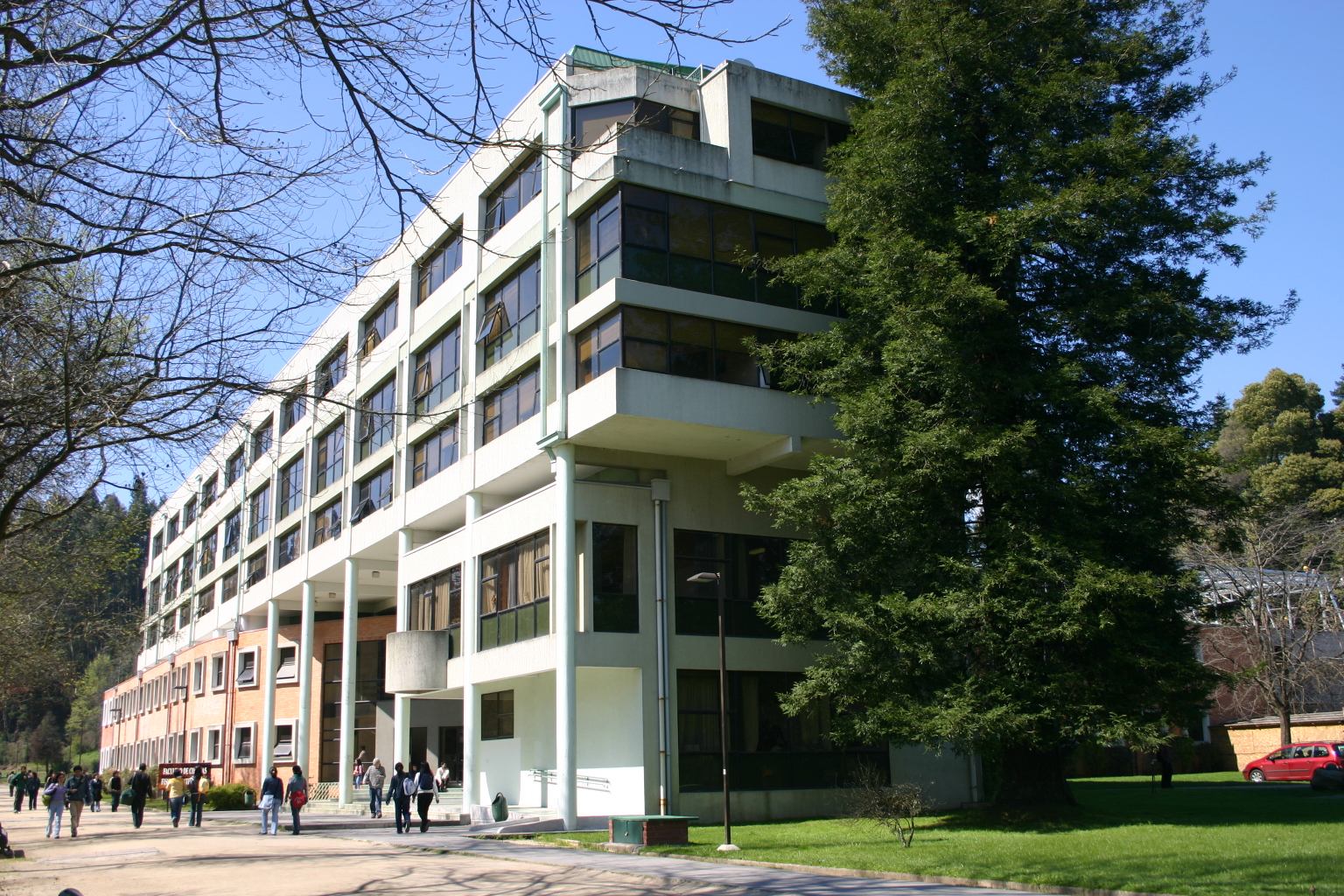 |
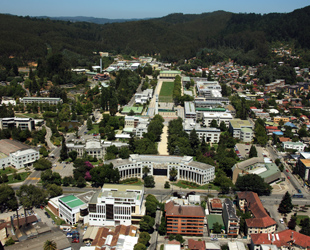 |
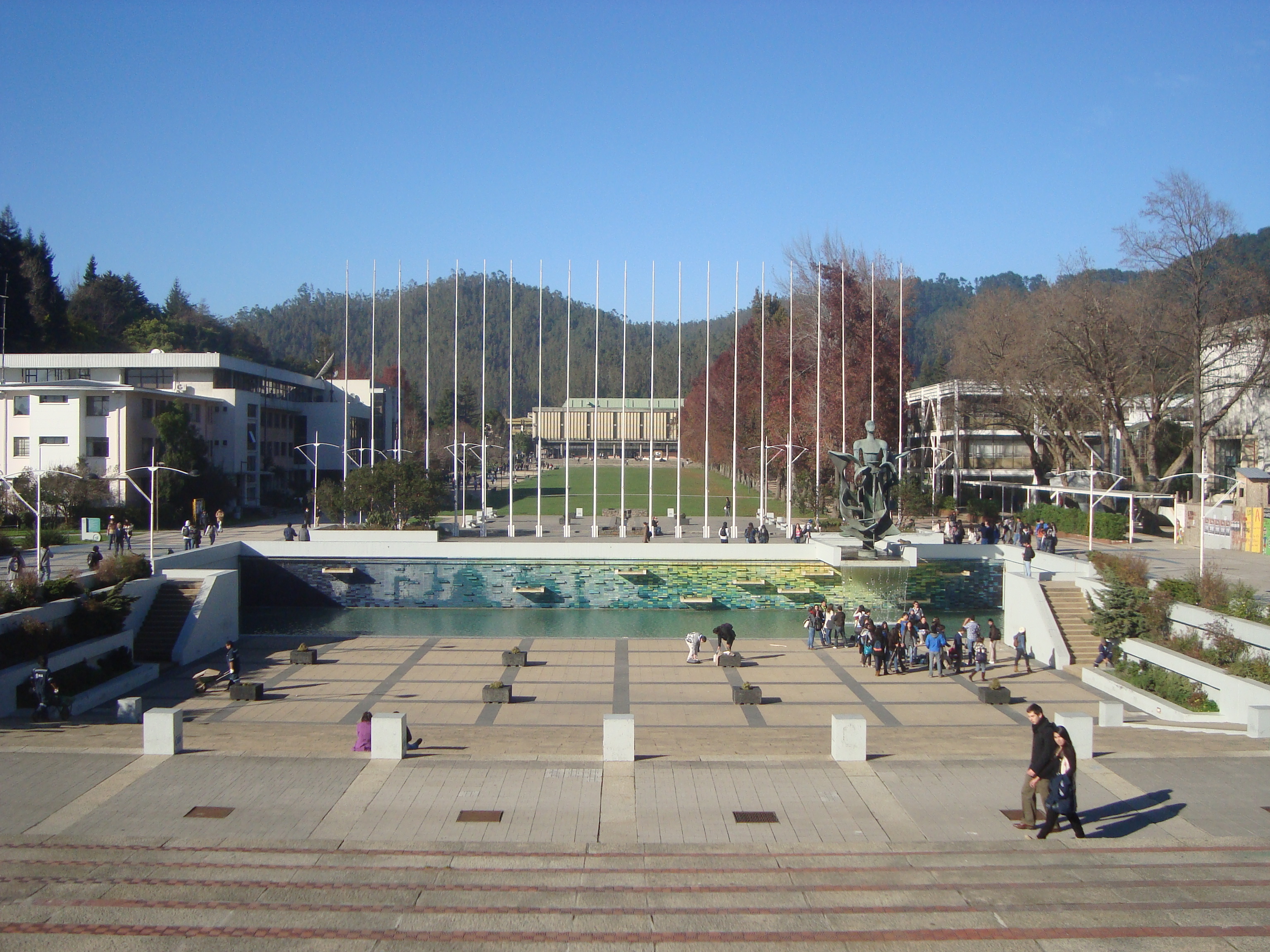 |
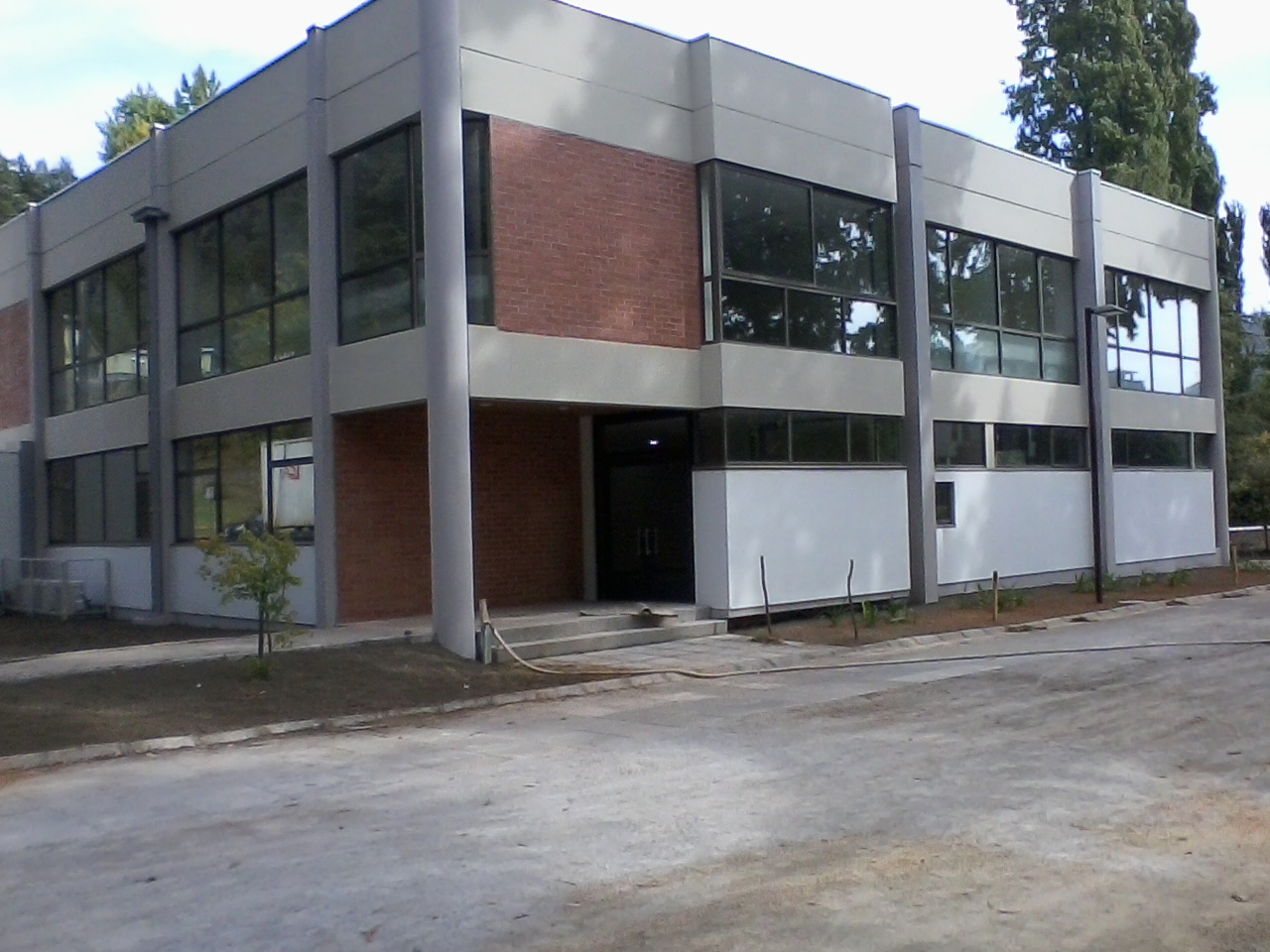 |
The Theory Group in Concepcion was hosting the |
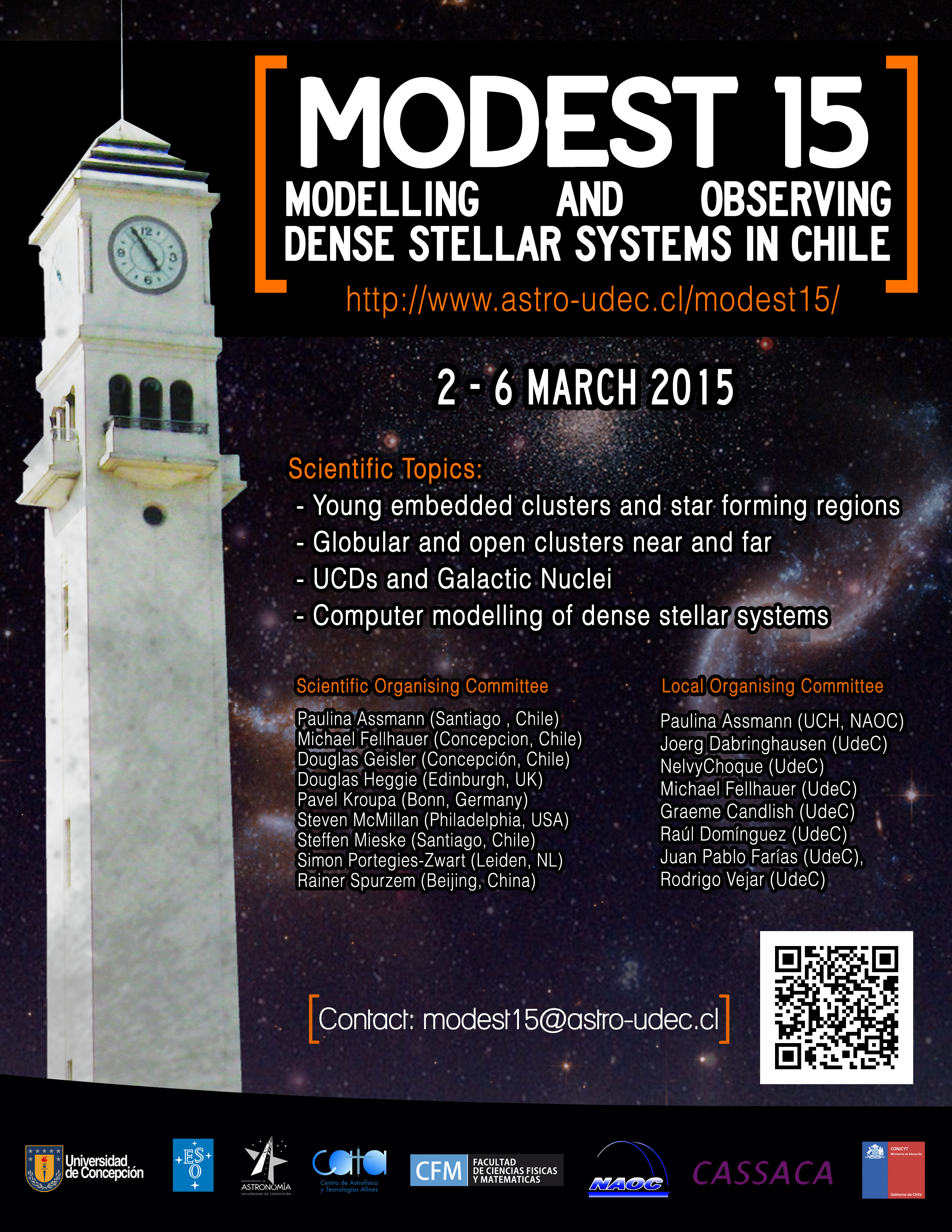
|